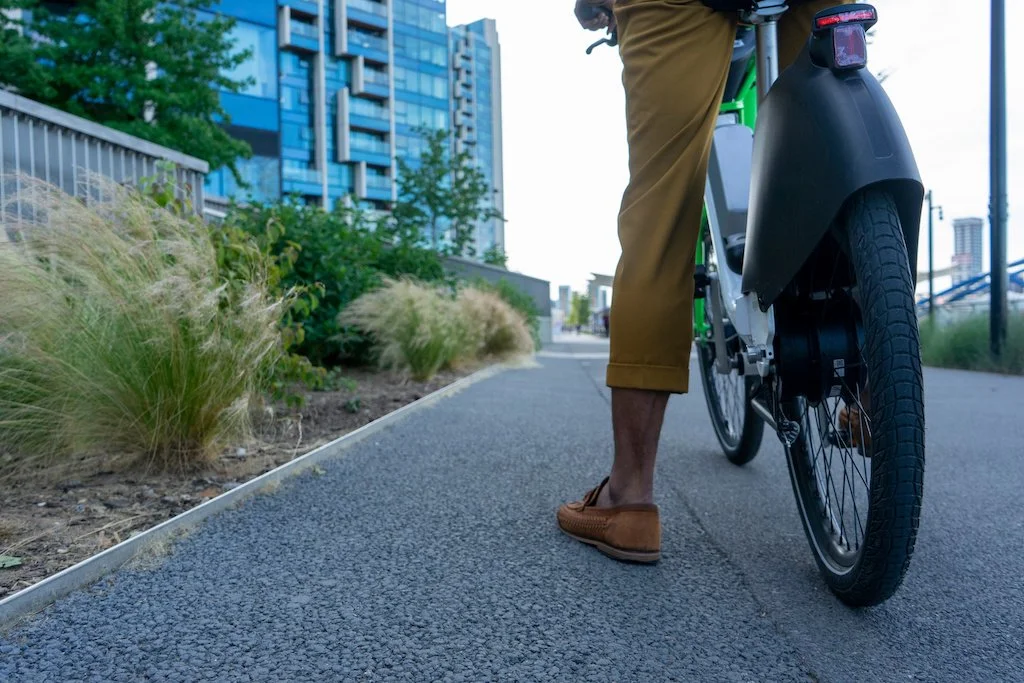Unlocking urban value through transport and place partnerships
image: Stantec
Jonathan Spruce Discipline Director, Stantec
Getting partnerships right is crucial to achieving the movement and connectivity in towns and cities needed to unlock long-term social and economic value, says Jonathan Spruce, Discipline Director at Stantec
There are many examples of good partnerships. Where would our cultural lives be without Lennon and McCartney, Reeves and Mortimer or even Ant and Dec? And more recently both the Lionesses and Red Roses have shown us how real teamwork can achieve long-held ambitions.
But for all of these successful partnerships, there are also plenty of examples where it didn’t quite work out – Sam Fox and Mick Fleetwood at the Brits, Simon Mayo and Jo Whiley on Radio 2 Drivetime and how Paris St Germain only won the Champions League after all their highly paid individuals departed.
Starting off Strongly
Getting movement and connectivity right in towns and cities — while meeting the aspirations of future users — can transform and unlock long-term social and economic value. But to maximise this impact, strategic and collaborative partnerships are required and getting these partnerships right is crucial.
Establishing a common vision and objectives amongst what can often be a disparate group of decision makers is an essential starting point. It not only binds the partnership together, but it acts as a point of reference if things go awry, or when change and compromise is needed.
Often partners’ aspirations are driven by how much funding they may be bringing, or the rate of return they are expecting. Some partners may be driven by political necessity. Neither of these are wrong, and understanding a partner’s drivers is a good thing, but leaving these behind when setting out that shared ambition is important.
understanding a partner’s drivers is a good thing, but leaving these behind when setting out that shared ambition is important
Articulating the Real Value
Infrastructure generally means change and successful partnerships confront this challenge head on by articulating what that change means in a straightforward way. Some of the mixed messaging around HS2, for example, clouded its strategic case and has dogged the project for years. Yet the Elizabeth Line was always clear about the economic growth opportunity it would bring.
Part of the issue is how we value infrastructure. What it means for people, its carbon impact, its theoretical benefit. But we don’t often enough value it for what it means for an individual user or a particular organisation. Being clear about the real value of an intervention and what it means to each partner helps the cohesion.
Learning the Lessons
Infrastructure can transform places. This year marks 200 years of the UK’s passenger railways. In developing the rail network, Victorian pioneers celebrated the sense of arrival in a place and worked with local landowners to deliver a transport link that was also a driver of economic growth. 200 years on, should we be looking to reinvigorate this same concept today in transit hubs in our towns and cities?
Strong partnerships can overcome barriers. Strong partnerships can transform lives. Strong partnerships can leave a legacy. We need to think about how we can form strong and effective partnerships and how joined-up thinking can help maximise value for our communities and places.
Being clear about the real value of an intervention and what it means to each partner helps the cohesion
These are the themes we’ll explore in Stantec's’ upcoming webinar, hosted by Interchange. ’Mind the Gap: Are We Successfully Unlocking Urban Value Through Transport and Place Partnerships?’ is free to attend and takes place on-line on Thursday, 13 November, at 13:00 (GMT).
Bringing together key players in the urban regeneration landscape who are looking at the broader benefits of transit-led change, the webinar will explore:
How getting movement and connectivity right in towns and cities and meeting future users' aspirations can transform the delivery of social and economic value.
Taking a collaborative partnership approach is essential if you want to maximise impact.
The process of forming effective partnerships, the key factors to their success and what lessons can we learn.
Register now to join the discussion and help shape the next 200 years of our partnerships, places, and railways.
Jonathan Spruce is a civil and transport engineer with a wealth of experience from across both the public and private sectors. He specialises in developing integrated transport and regeneration solutions aimed at fuelling economic growth in urban areas.


